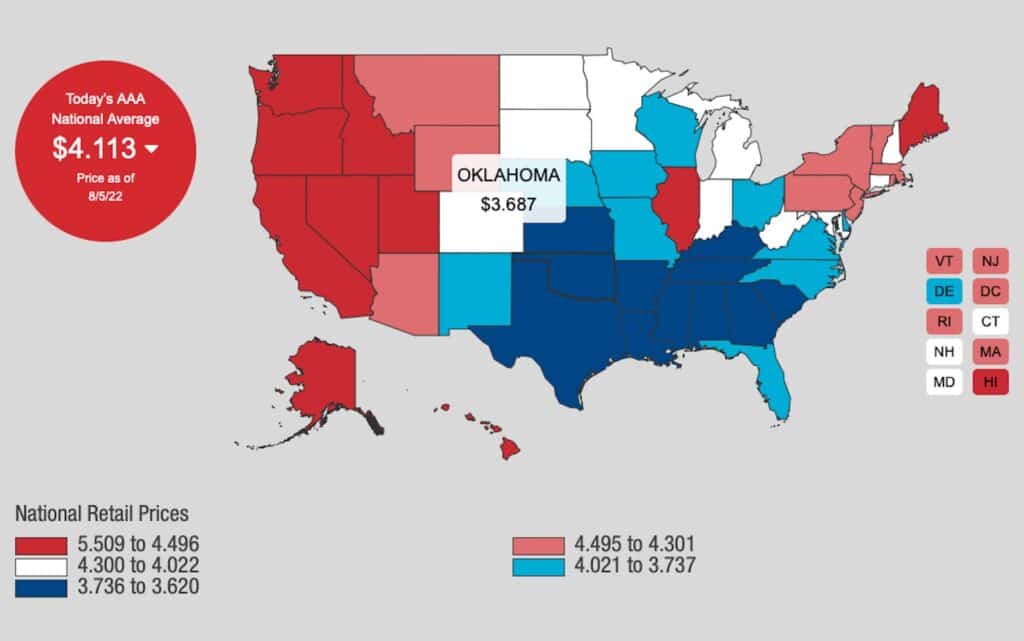AUTONEWS

The price of gasoline has continued to fall this week and may continue to decline as gasoline inventories and producers around the world continue to produce more oil. Furthermore, Russia has found buyers for its oil on the global market, despite sanctions imposed after the invasion of Ukraine.
In the US, the national average of a gallon of gasoline at the pump dropped 10 cents a gallon this week to $4,113 on Friday. It was the 52nd day in a row that the country recorded a drop in gasoline prices, according to the AAA.
AAA reported gasoline prices have dropped by 14 cents a gallon since last Friday. A month ago, the average US driver was $4.80, representing a 16% drop at the pump over the past 30 days and a sustained break in the uptrend that saw prices peak at $5.02 on June 14th.
Will the trend continue?...Whether the downward price trend will continue will depend on the demand situation, according to AAA, which also noted that the steady drop in gasoline prices could reverse with a “slight increase” in demand.
"We know that most American drivers have made significant changes to their driving habits to deal with high gas prices," he said. AAA spokesman Andrew Gross said. “But with gasoline below $4 a gallon at nearly half of gas stations across the country, it is possible that demand for gasoline will increase.”
On Wednesday, the Energy Information Administration, or EIA, reported a small increase in gasoline inventories of 200,000 barrels in the week ended July 29, with an average production of 9.3 million barrels a day.
Gasoline Inventories Growing...Earlier this week, the EIA noted that demand for gasoline had increased from 8.52 million barrels a day to 9.25 million barrels a day the week before, but still 80,000 barrels below that. last year period. However, AAA notes that if the increase in demand continues, price reductions at the pump could slow down.
Part of the increase comes from the expansion of production by frackers in the US
The oilprice website. com noted that this week's EIA inventory report is more conducive to continued price drops for American drivers. While the previous week's report showed a large decrease in inventories, this week's report shows a slight increase, indicating more available supply.

That rise compares with a draw of 3.3 million barrels the week before. Overall, oil has now given up all the gains triggered by Russia's invasion of Ukraine in February, according to Bloomberg. Since peaking at more than $130 a barrel in March, the US benchmark has been pulled lower by signs that Moscow is still taking its toll on the global market and growing investor concern that the global slowdown will erode energy consumption.
Bloomberg also reported that prices dropping below $90 a barrel "is quite remarkable given how tight the market remains and how little there is to alleviate it," according to Craig Erlam, a senior market analyst at Oanda.
Countries belonging to OPEC, or the Organization of Petroleum Exporting Countries, are also slated to deliver additional crude, about 100,000 barrels a day in September, putting a little more pressure on gasoline prices.
According to a new study by Insurify released this week, some southern and midwestern states have seen gasoline costs decline by at least 10% in the past month.
by Joseph Szczesny

Nenhum comentário:
Postar um comentário